
‘Rabbi, I Cooked My Meat Soup With an Onion Cut With a Dairy Knife!’
The Panicked Congregant Every congregational rabbi has received a panicked call with a panicked congregant proclaiming, “Rabbi, I cooked my meat soup with an onion


The Panicked Congregant Every congregational rabbi has received a panicked call with a panicked congregant proclaiming, “Rabbi, I cooked my meat soup with an onion
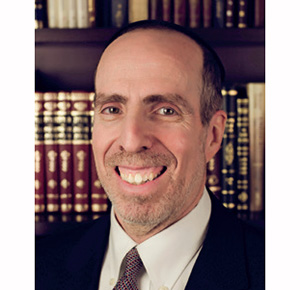
A Classic Debate In March 2019, for the first time, I was asked to rule on a classic and very beautiful issue in halacha. A

Rashi vs. Rabbeinu Tam There are two manners in which to interpret the Gemara’s statement (Menachot 33a) that mezuzot may not be placed “in the

The Religious Significance of the Tel Dan Stele It was an exciting part of our family’s Israel trip for Binyamin’s bar mitzvah in 2012. A
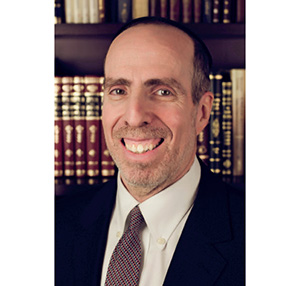
A Magnificent Exhibit It was a most magnificent exhibit at New York’s grand Metropolitan Museum of Art in the fall of 2014. Entitled “From Iberia
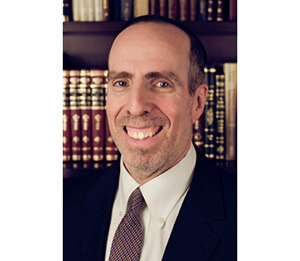
With so much Torah material available to us with Hashem’s help in our age, one must be very selective regarding which sefarim to read. Torah
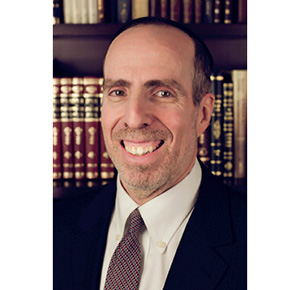
Visitors to Israel plan for months how exactly they will be spending their precious time in our precious land. There are so many rich opportunities

Here is a rarity. The Rama records a widespread Ashkenazic minhag, and yet many if most Ashkenazic batei knesset no longer follow this practice but

We finally understand why Chazal composed the fourth bracha of Birkat HaMazon, “HaTov V’hameitiv,” in an expression of profound gratitude to Hashem for facilitating the
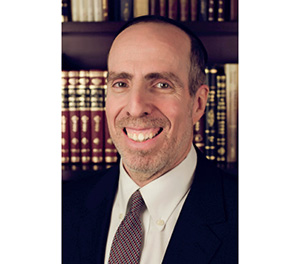
The Question: I recall hearing for the first time the exciting news that my beloved rav, Rav Hershel Schachter, rules that it is permissible for
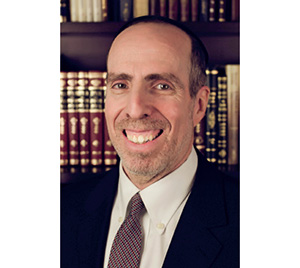
If you are reading this article you are most likely quite disturbed by the anti-Semtic rantings of Ilhan Omar, Rashida Tlaib and, to a somewhat

Reviewing: “Illuminating Jewish Thought: Explorations of Free Will, the Afterlife and the Messianic Era,” by Rabbi Netanel Wiederblank. The Toby Press; Maggid Books and RIETS